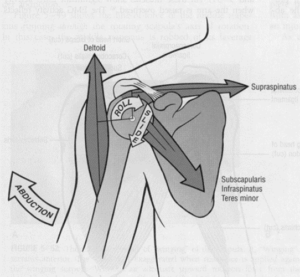You ask a lot. I looked at that article and got a few paragraphs in when my ADHD kicked in and I skimmed the rest. Well
most of the rest, anyway.
As far as I'm concerned, there are probably schools of Wing Chun that
are concerned with the
6 Harmonies. Mine was not. I was keen on coordinating my punches with my body movement. I'd say John Wang is right. In most WC, Siu Nim Tau teaches position and structure, but not coordinating steps and punches. As previously pointed out, in the forms that really comes later with Chum Kiu.
So, yeah ...that connection isn't taught on day one in many WC schools. But, all roads lead to Rome. Good WC trains those kinetic linkages and coordination of body to punch. But maybe not in SNT form. And how much any of that has to do with the "6 Harmonies" I don't know. The WC I learned was soft and flexible, but not heavily focused on the so-called
internal stuff, and that suited me fine.



